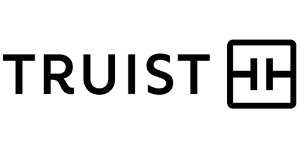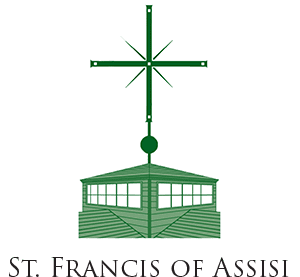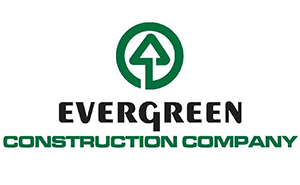
Last Thursday, the National Low Income Housing Coalition (NLIHC) released its annual report The Gap: A Shortage of Affordable Homes. The report investigates the severe shortage of affordable rental homes available to extremely low-income households nationwide and in every state and metro area. While rents have stabilized since the pandemic in most markets – and even declined to a small degree in some markets – the supply of affordable rental housing for extremely low-income households remains deeply inadequate nationwide and in North Carolina.
National Trends
Extremely low-income renter households – those with incomes at or below the poverty level or 30% of their area median income, whichever is greater – account for 11 million (nearly a quarter) of all renter households. These households face the most severe housing shortages of any income group. In fact, there are just 34 affordable and available rental homes for every 100 extremely low-income renter households nationwide. As a result, 74% of the nation’s poorest families – seniors, people with disabilities, and low-wage workers – spend more than half of their incomes on rent and utilities, leaving them unable to afford food, transportation, medical care, and other basic necessities.
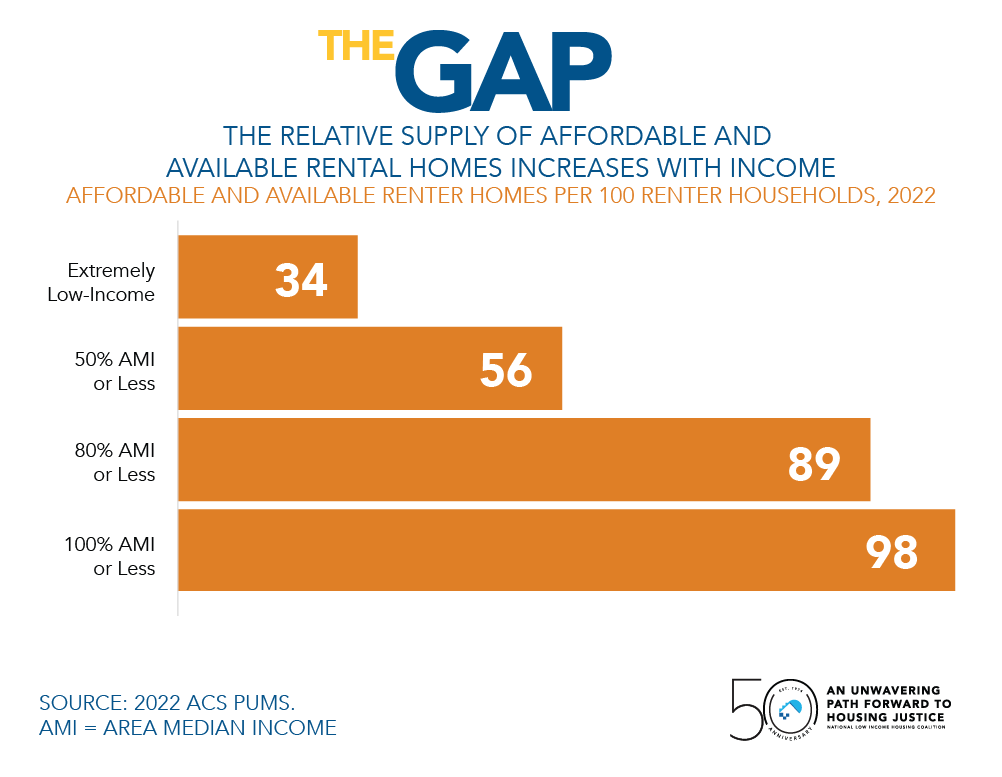
State Trends
The report also reveals that there are 326,751 extremely low-income households in North Carolina but only 130,930 affordable rental homes available to them, leaving only 40 affordable and available rental homes for every 100 extremely low- income households in the state. In consequence, 71% of extremely low-income renters in North Carolina spend more than half of their household income on housing.
“Our state and counties’ need for affordable housing isn’t going anywhere. It’s growing,” said Stephanie Watkins-Cruz, Director of Housing Policy. “But it is disproportionately carried by those earning low or extremely low incomes. And this hurts the health, wealth, and resiliency of our communities. We need greater investment in housing to meet the scale of the true need.”
Local Trends
The Gap report provides in-depth analysis of the top 50 metropolitan areas, which includes 3 NC metro areas:
- The Charlotte, NC metropolitan area has 70,498 ELI households, and a gap of 45,765 available and affordable units.
- The Raleigh, NC metropolitan area has 37,297 ELI households, and a gap of 23,357 available and affordable units.
- The Virginia Beach-Norfolk VA-NC metropolitan area has 57,818 ELI households, and a gap of 42,532 available and affordable units.
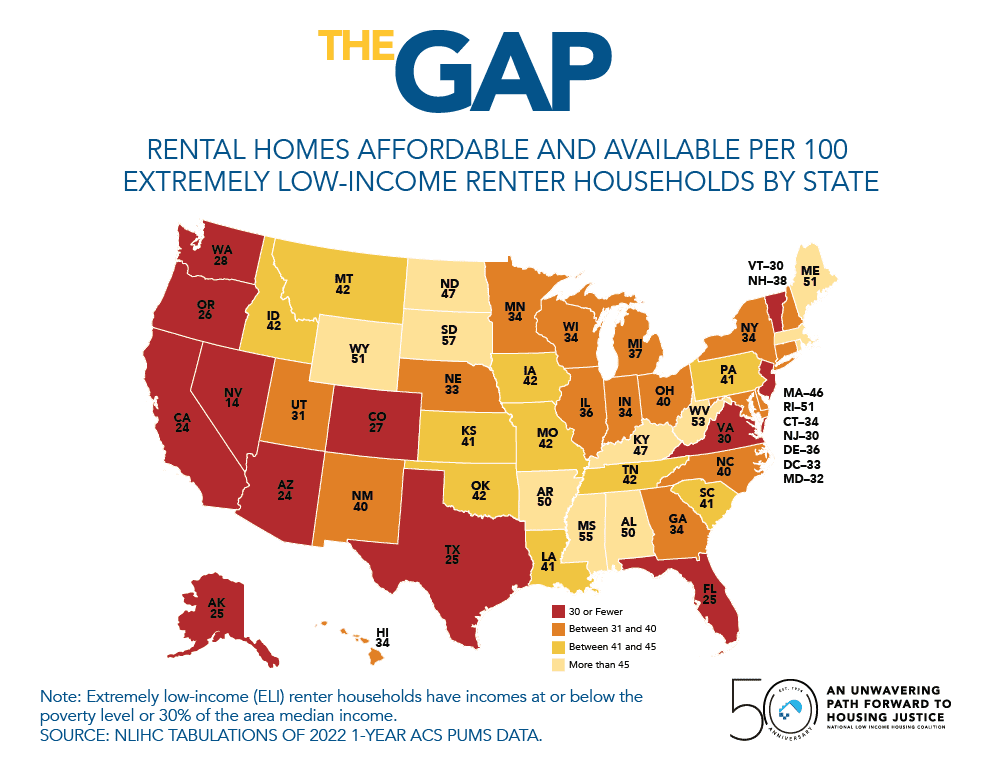
What This Means for Our Work and the Continued Housing Crisis
The report indicates that most rental markets provide an adequate supply of housing for middle-income renters but that no rental market provides enough homes for extremely low-income renters. Even in housing markets with shortages of affordable and available homes for middle-income renters, the cumulative shortage is largely attributable to the significant unmet housing needs of people with the lowest incomes, who must occupy higher-priced homes in the private market that would otherwise be available to higher-income renters.
“Even with a strong economy and stabilizing rents, homelessness has increased to its highest level ever recorded, and millions of the lowest-income and most marginalized households are at risk,” said NLIHC President and CEO Diane Yentel. “We know what works to end housing insecurity and homelessness – what we lack is the political will to invest in these solutions at the scale needed. More than ever, Congress should act quickly to enact bold legislation to ensure rental assistance is universally available, build and preserve homes affordable to people with the lowest incomes, create tools to prevent eviction and homelessness, and strengthen renter protections to keep renters stably housed.”
Learn more about The Gap by visiting: https://nlihc.org/gap
For more information on the gap of affordable units in North Carolina, click here.




